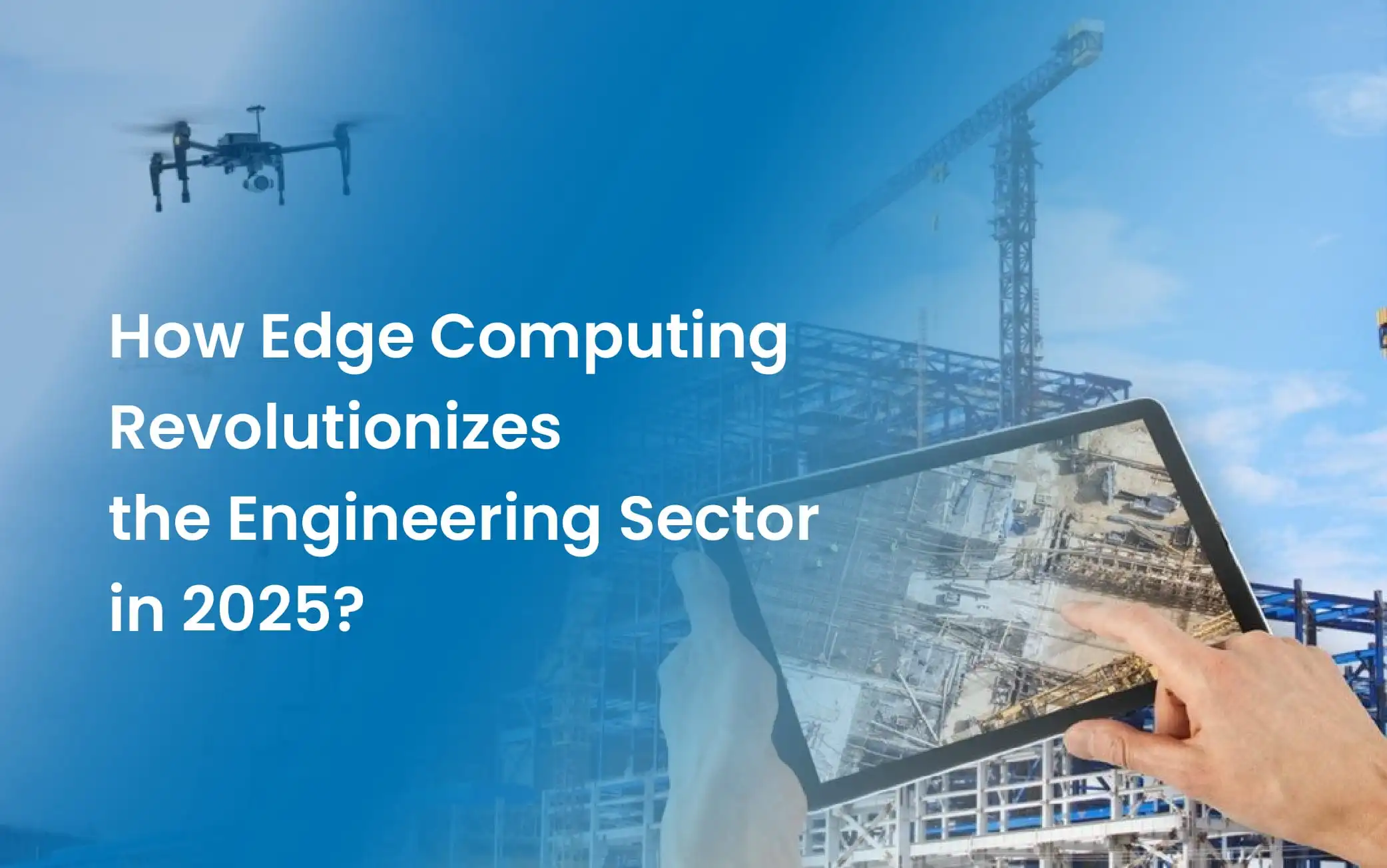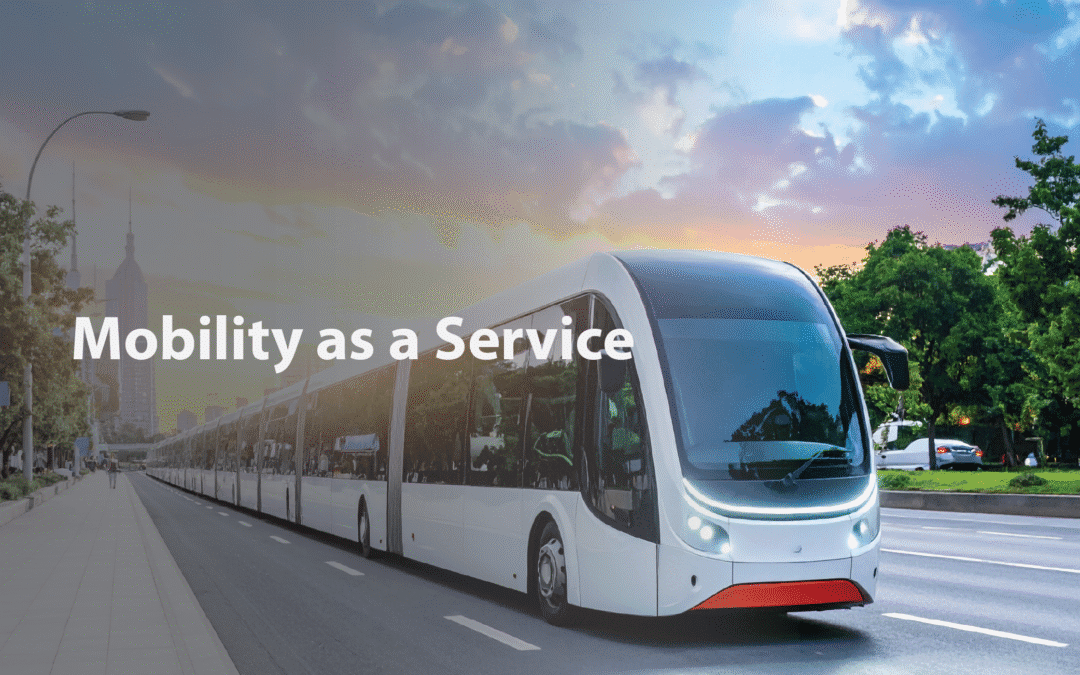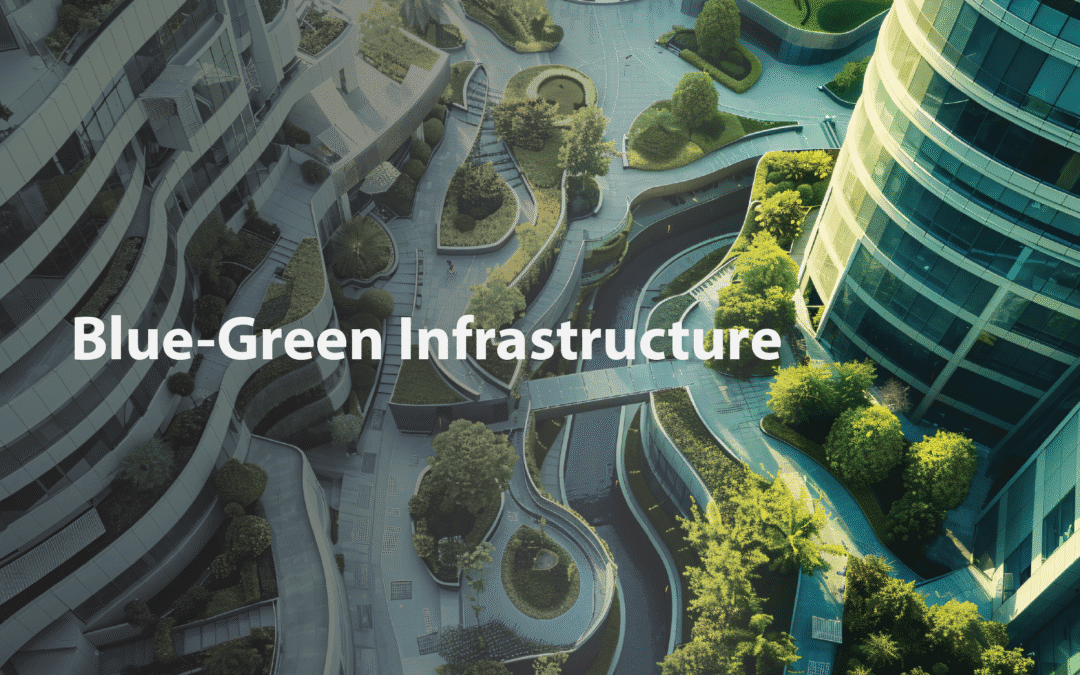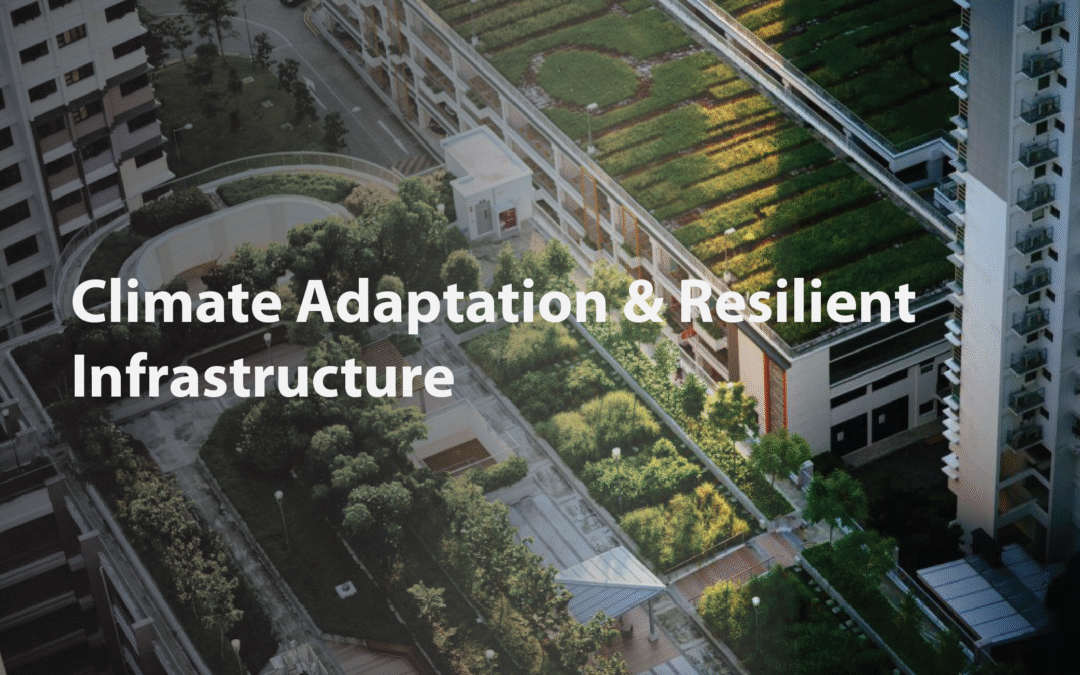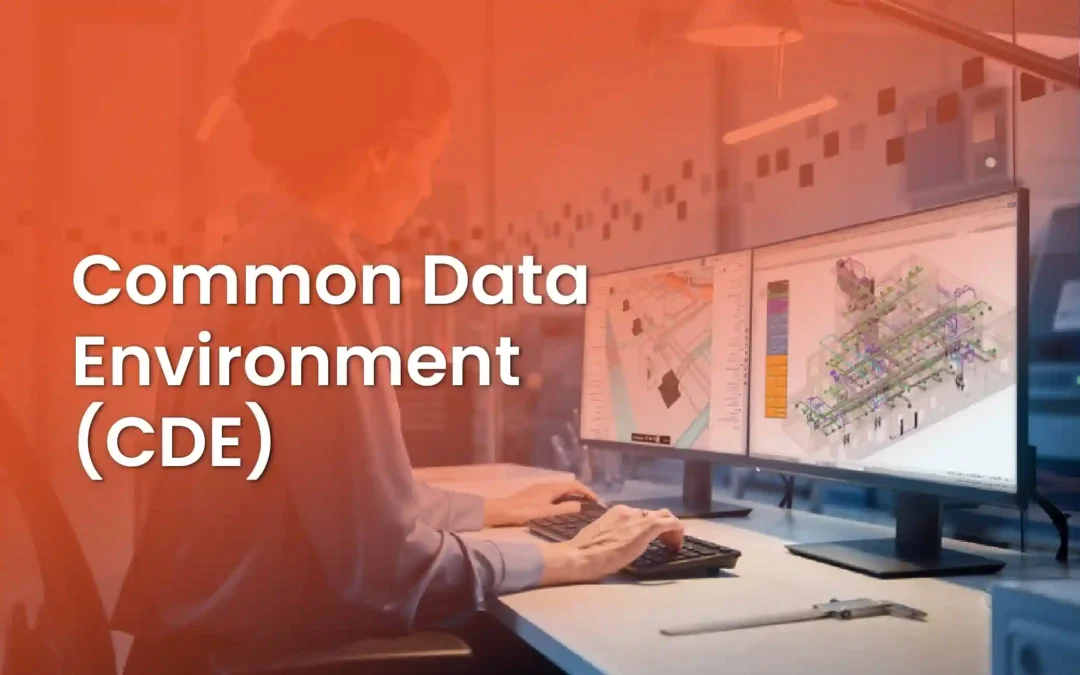In the evolving landscape of engineering, as organizations strive to develop innovative designs, improve efficiency, and plan boldly for the future, they will require an extraordinary level of real-time intelligence behind decision-making and execution. Industries are operating in real-time and are innovating faster than traditional data processing methods can provide. That’s where edge computing comes in as a transformational player that changes how engineering challenges are addressed, informed decisions are made, and the blueprints of the future are created.
What is Edge Computing in Engineering?
Edge computing is a distributed computing model that processes and performs analytics very close to the network, where data is processed, rather than centralizing the computing function on cloud servers. It is like placing mini-data centers where the action is in a construction site, manufacturing plant, or autonomous vehicle.
From an engineer’s perspective, this allows the data generated from sensors, IoT devices, cameras, and machinery to be processed locally, nearly instantaneously; there is no need to complete a round-trip back and forth to a distant cloud server. The result is that neither decisions nor operations are delayed in engineering critical applications.
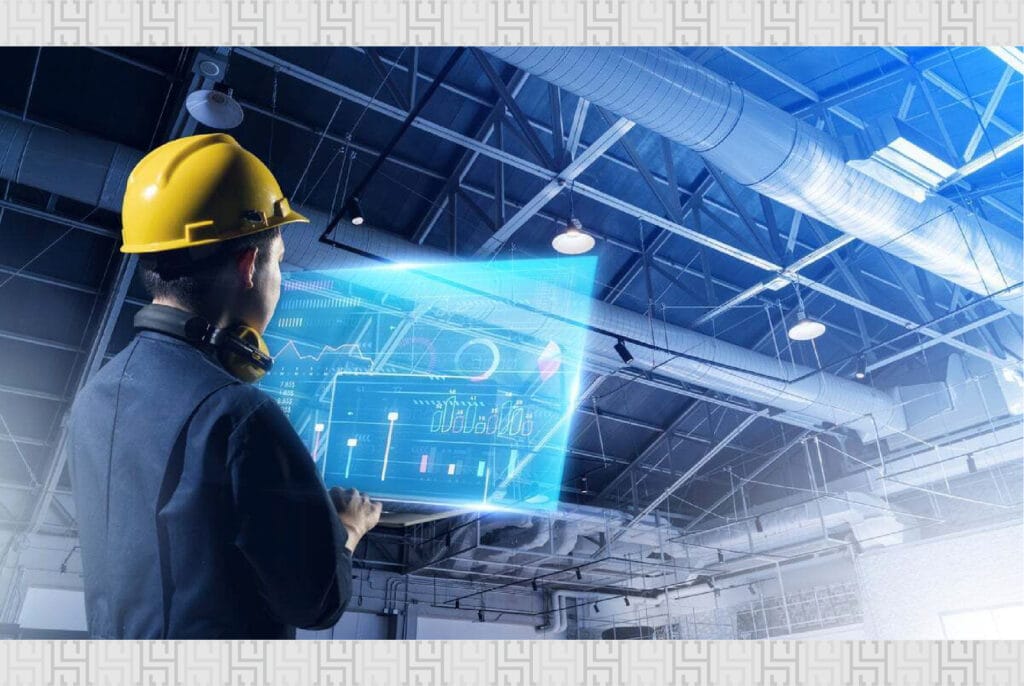
Key Features of Edge Computing
Edge computing has some advantages, making it a good fit for engineering contexts:
- Proximity to Data Source: Data are immediately analyzed and at the point of data creation, with almost zero distance traveled.
- Real-time Processing: Near real-time processing allows for near-immediate response for time-critical applications, such as those found in industrial automation, safety, and process control.
- Reduced Latency: Edge devices decrease latency by eliminating the trip time it takes to communicate with a centralized server.
- Bandwidth Optimization: Data does not need to be turned out to cloud storage, ultimately saving on bandwidth.
- Enhanced Security and Privacy: Sensitive information can be processed and stored locally, while being less exposed to external threats and more managed for compliance with data privacy standards.
- Offline Capability: Edge devices can perform offline data processing without a connection to the centralized cloud.
- Scalability: Edge computing scales IoT networks in a plug-and-play fashion, adding more edge devices without the over-subscription to a central data center.
Advantages of Edge Computing in Engineering
The benefits of using edge computing in engineering are far-reaching and disruptive:
- Improved Operational Efficiency: Real-time data affects manufacturing processes, leading to lower energy consumption and improved resource allocation decisions.
- Predictive Maintenance: Sensors placed on machinery can analyze data on the edge to provide equipment failure predictions, allowing for preventive maintenance and downtime costs.
- Enhanced Safety: In hazardous work situations, edge computing can process all the sensor data to detect abnormalities or hazards and generate immediate alerts or take automated action.
- Optimized Quality Control: With edge processing, automated manufacturing systems can provide real-time inspections on manufacturing production lines, detecting defects immediately to maintain quality.
- Cost Reduction: With data processing on-site, companies do not pay for cloud storage and save on data transmission costs, making more efficient use of their network bandwidth.
- Autonomous Systems Enablement: Essential for self-driving vehicles, drones, or other autonomous robots, which need real-time decisions to occur at the “edge” without connecting to the remote cloud.
- Increased Reliability: By building out processing edges, companies reduce reliance on a single point of failure in a central cloud, allowing for a more centralized system that can be designed for more reliability in areas with multiple geolocations or remote work regions.
Applications of Edge Computing in Engineering
Edge computing is already demonstrating its real value across various engineering fields:
- Manufacturing: Predictive maintenance on factory equipment, real-time quality checks of production lines, automated produce sorting, energy utilization, etc.
- Construction: Real-time construction site monitoring for safety, progress updates, performance of machinery, planned utilization of resources, etc.
- Oil and Gas: Performance and safety monitoring of remote assets even with poor connectivity.
- Smart Cities: Traffic management, utilities efficiency, and smart lighting through localized data processing.
- Energy and Utilities: Smart grid management, predictive maintenance of power stations, on-the-fly management of energy flow.
- Transportation: Autonomous vehicles perform sensor data processing for navigation, while an intelligent traffic management system can utilize edge computing to process on-site data, resulting in a safer transport system.
- Aerospace: VR and AR offer more immersive applications for precision assembly and training with less latency.
Edge Computing vs. Cloud Computing
It’s essential to recognize that edge computing should not be viewed as a replacement for cloud computing, but rather as part of a hybrid integration of technologies.
Edge Computing:
It focuses on distributed computing and processing closer to the data source, aided by low latency, immediate response, and lower bandwidth required for immediate actions.
Cloud Computing:
Has large centralized data centers with huge storage capacity, extensive processing capacity for big data analysis, global accessibility, and, generally, unlimited capacity (the cloud can scale to meet needs as you grow). Cloud computing is beneficial for long-term storage, complex big data analytics, training AI and machine learning models, and situations where data processing does not need a near-real-time response.
In engineering, this integration is essential. In a self-driving car, edge computing powers immediate decisions about whether to brake or steer, and sends data to the cloud for long-term analysis, improving AI models. Similarly, in a smart factory, edge computing optimizes production line activity based on real-time data to determine when to change settings, while also sending summary data to the cloud to make future operational decisions.
The Future of Edge Computing in Engineering
A positive and rapidly evolving future ahead for edge computing in engineering. The expansion of IoT, 5G networks, and recent AI/ML will help edge computing evolve further.
Increased Automation & AI at the Edge:
AI models will enable highly autonomous systems capable of complex decision-making based on local data without going to the cloud, and will be able to run directly on edge devices.
Enhanced Security Frameworks:
As we evolve edge deployments, security represents a key concern, bringing developments in zero-trust architectures and AI-based technologies.
Digital Twins and Predictive Insights:
More realistic and real-time digital twins will use edge computing technologies, driving improved predictive maintenance of these physical systems.
AR and VR Integration:
Edge processing will eliminate latency for immersive experiences, ushering in the next level of processing for training, design, or maintenance workflows.
Sustainable Operations:
Edge computing plays a role in supporting sustainability efforts in engineering projects while maximizing the use of physical assets and operational resources.
Edge computing will be an invaluable foundation for the engineering world. With the ability to enhance systems to be smarter, faster, and more resilient, edge computing is a key enabler of innovation and value delivery.
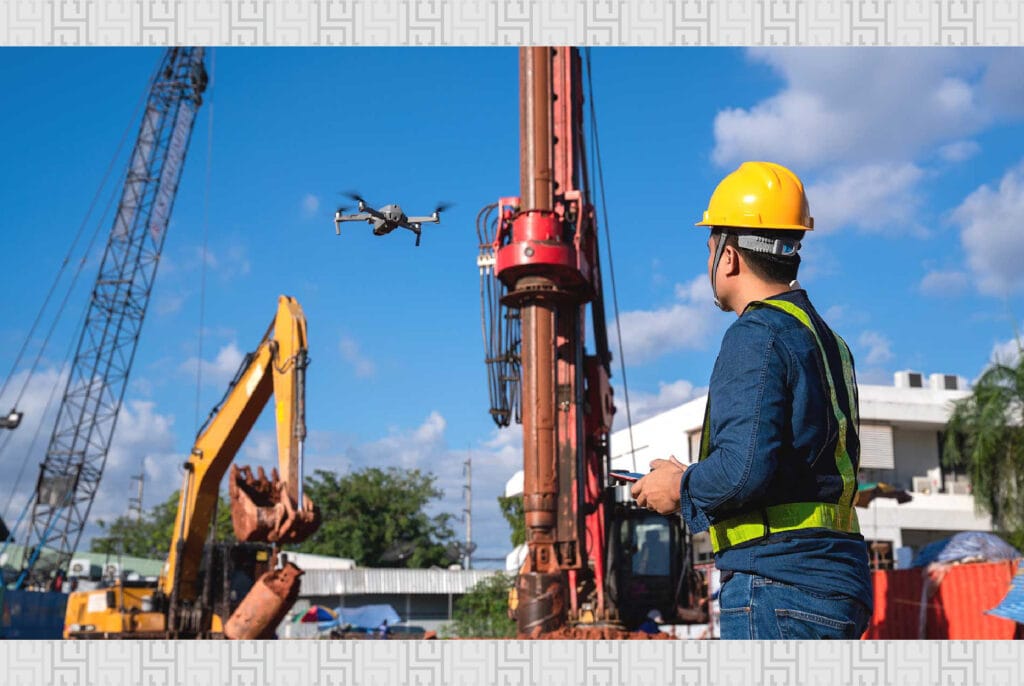
FAQ
In which Specific Engineering Sectors is Edge Computing most Impactful?
Across industries, from manufacturing (where use cases may include predictive maintenance and quality checks), construction (where it may enable real-time monitoring on sites), oil and gas (for remote asset management), smart cities (traffic and utilities management), energy grids, transportation (such as for autonomous vehicles), and aerospace (for augmented reality, virtual reality (AR/VR) experiences), the use case for edge computing is huge.
Can Edge Computing Systems Function if There is no Internet Connection?
Yes, one of the key benefits of edge computing is its offline usability. Edge devices act on data with intermittent or no connectivity to the central cloud, ensuring continuity from a mission-critical standpoint.
What are the Typical Challenges in Implementing Edge Computing?
Some challenges include securing a large volume of distributed edge devices, ensuring interoperability between systems, maintaining scalability amidst an increase in devices, and data privacy and compliance in different decentralized contexts.

